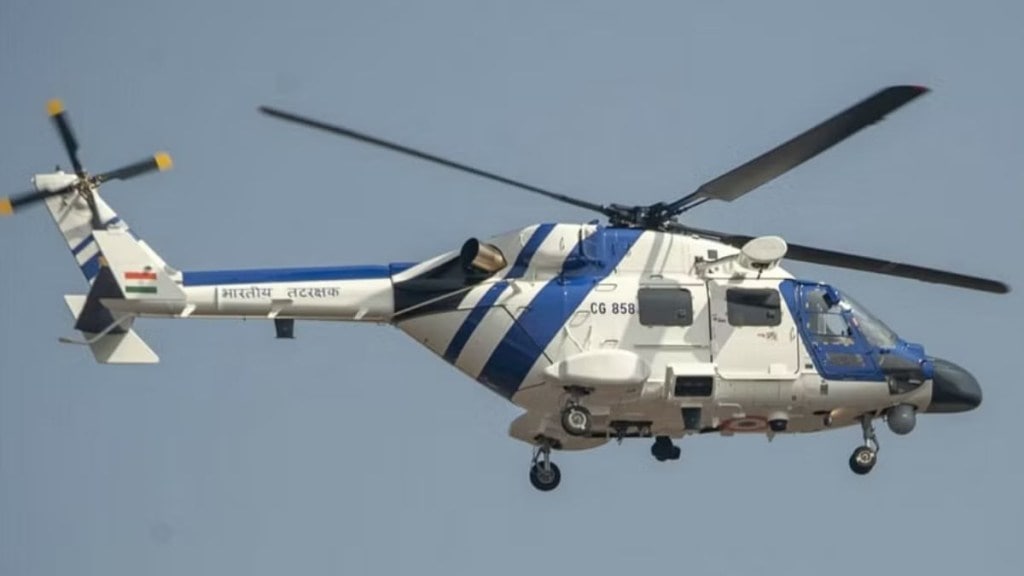The recent Advanced Light Helicopter (ALH) Mk-III crash off the Indian coast has once again thrust Hindustan Aeronautics Limited (HAL), the country’s premier aerospace and defence manufacturer, into the spotlight for all the wrong reasons. The incident claimed the lives of two pilots and one aircrew diver, leading to the grounding of the ALH fleet operated by the Indian armed forces and Coast Guard.
This tragedy marks the latest in a series of crashes involving HAL-manufactured helicopters, raising critical questions about the safety and reliability of India’s indigenous aerospace programme. As India seeks to establish itself as a global defence manufacturing hub, HAL’s faltering safety record risks undermining not only domestic trust but also international confidence.
A Grim Track Record
The crash near Porbandar follows a string of incidents that have plagued HAL’s ALH fleet. In March 2023, an Indian Navy ALH experienced a “sudden loss of power,” forcing a controlled ditching into the Arabian Sea. Earlier that month, an Army Aviation Cheetah helicopter went down in Arunachal Pradesh, killing both pilots on board. Over the last decade, nearly 15 major accidents involving HAL-manufactured helicopters have occurred across the services.
While earlier crashes were often attributed to a mix of factors, including weather and pilot error, recent investigations have pointed to systemic technical defects. The recurring issues—ranging from hydraulic failures to defective control rods—have prompted multiple groundings of the ALH fleet, severely disrupting operations.
“Hindustan Aeronautics Limited’s failure to ensure consistent quality control is a systemic risk to India’s military preparedness,” said a senior military officer who spoke on condition of anonymity. “The fact that such incidents continue despite repeated groundings reflects poorly on HAL’s ability to address its own shortcomings.”
The Cost of Safety Lapses
The operational fallout of HAL’s missteps has been significant. The grounding of the ALH fleet affects the Navy’s maritime surveillance and search-and-rescue missions, the Army’s troop transport capabilities, and the Coast Guard’s coastal patrolling. At a time when regional security dynamics are increasingly fraught, the disruption to these missions is not merely inconvenient—it is strategic.
For HAL, the repercussions extend beyond India’s borders. Its troubled history includes the loss of a contract with Ecuador, where four out of seven exported ALHs were grounded following crashes. Ecuador ultimately returned the helicopters, citing poor reliability and inadequate maintenance support. The incident dealt a blow to India’s ambitions of becoming a defence export powerhouse.
The shadow of HAL’s reputation also loomed over India’s high-profile Rafale fighter jet deal. French manufacturer Dassault Aviation reportedly expressed reluctance to partner with HAL, citing concerns about production quality. The deal was eventually restructured, bypassing HAL entirely.
‘Too Big to Fail’?
Despite its challenges, HAL remains a linchpin of India’s defence ecosystem. With orders worth Rs 84,000 crore ($10.1 billion) and additional projects in the pipeline, the state-owned company appears insulated from the kind of accountability that might force meaningful reform. Merely four days after the March 2023 Navy crash, HAL secured a Rs 667 crore order from the Indian Air Force for Dornier-228 aircraft.
“HAL’s monopoly in the aerospace sector means it faces little competitive pressure to improve,” said a senior Indian Air Force officer. “This is a classic case of a public sector giant that is too big to fail.”
Critics argue that HAL’s reluctance to integrate the private sector into its supply chain has exacerbated its woes. While private companies are often limited to the role of sub-vendors, their greater efficiency and accountability could inject much-needed dynamism into India’s defence manufacturing landscape. Yet, HAL has consistently resisted calls for privatisation or significant outsourcing.
The Private Sector Question
The debate over HAL’s future has gained urgency as India’s military modernisation accelerates. With projects such as the Tejas Light Combat Aircraft and the next-generation fighter programme on its plate, HAL is under immense pressure to deliver. However, its outdated production facilities and inefficient processes raise doubts about its capacity to meet these demands.
India’s former Chief of Air Staff, Air Chief Marshal Vivek Ram Chaudhari, during his tenure, had called for a more robust support framework for HAL’s platforms, urging the company to engage micro, small, and medium enterprises (MSMEs) and private firms. “A complete supply chain involving both public and private sectors is essential for the sustenance of indigenous platforms,” he said in a recent interview.
Industry insiders believe the private sector could play a transformative role, offering scalability and quality assurance. But for now, HAL’s entrenched position and political backing make significant reform unlikely.
Charting a Path Forward
The stakes for HAL—and for India—are high. As geopolitical tensions mount in the Indo-Pacific, the need for reliable indigenous platforms has never been greater. The ALH, designed as a versatile workhorse for military and civilian operations alike, was supposed to be a symbol of India’s aerospace ambitions. Instead, it has become a lightning rod for criticism.
To regain trust, HAL must prioritise quality control and establish a transparent mechanism for addressing technical flaws. Independent audits, greater reliance on private sector expertise, and a focus on lifecycle support could help restore confidence in its products.
“The path forward for HAL is not just about fixing technical defects—it’s about restoring credibility,” said a defence industry executive. “If India wants to be taken seriously as a global defence player, HAL cannot afford to fail.”
As the investigation into the recent ALH crash unfolds, the spotlight on HAL is unlikely to dim. For India, the question is no longer whether HAL is capable of supporting its military-industrial ambitions but whether it can do so safely and reliably. The answer will determine not only the fate of a single company but also the credibility of India’s aerospace dreams.

